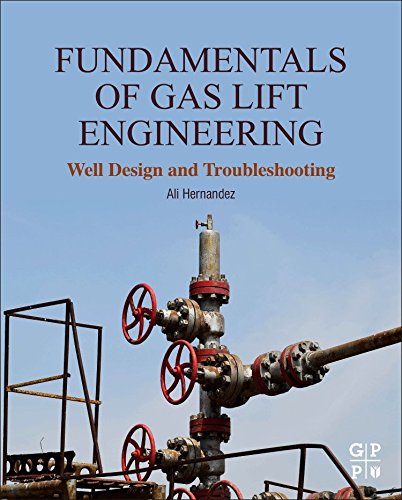

Most ebook files are in PDF format, so you can easily read them using various software such as Foxit Reader or directly on the Google Chrome browser.
Some ebook files are released by publishers in other formats such as .awz, .mobi, .epub, .fb2, etc. You may need to install specific software to read these formats on mobile/PC, such as Calibre.
Please read the tutorial at this link. https://ebooknice.com/page/post?id=faq
We offer FREE conversion to the popular formats you request; however, this may take some time. Therefore, right after payment, please email us, and we will try to provide the service as quickly as possible.
For some exceptional file formats or broken links (if any), please refrain from opening any disputes. Instead, email us first, and we will try to assist within a maximum of 6 hours.
EbookNice Team

Status:
Available4.8
13 reviewsFundamentals of Gas Lift Engineering: Well Design and Troubleshooting discusses the important topic of oil and gas reservoirs as they continue to naturally deplete, decline, and mature, and how more oil and gas companies are trying to divert their investments in artificial lift methods to help prolong their assets.
While not much physically has changed since the invention of the King Valve in the 1940s, new developments in analytical procedures, computational tools and software, and many related technologies have completely changed the way production engineers and well operators face the daily design and troubleshooting tasks and challenges of gas lift, which can now be carried out faster, and in a more accurate and productive way, assuming the person is properly trained. This book fulfills this training need with updates on the latest gas lift designs, troubleshooting techniques, and real-world field case studies that can be applied to all levels of situations, including offshore.
Making operational and troubleshooting techniques central to the discussion, the book empowers the engineer, new and experienced, to analyze the challenge involved and make educated adjustments and conclusions in the most economical and practical way. Packed with information on computer utilization, inflow and outflow performance analysis, and worked calculation examples made for training, the bookbrings fresh air and innovation to a long-standing essential component in a well’s lifecycle.